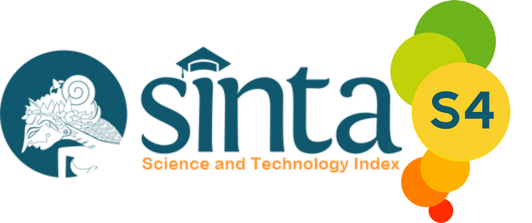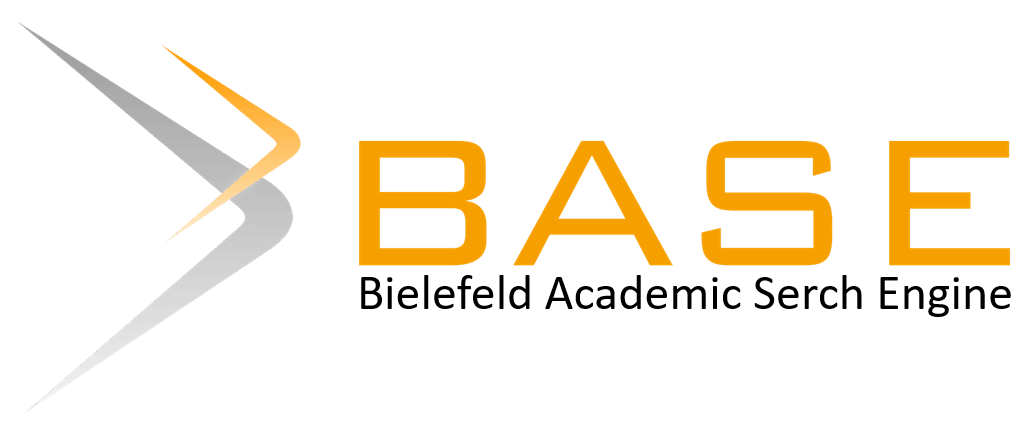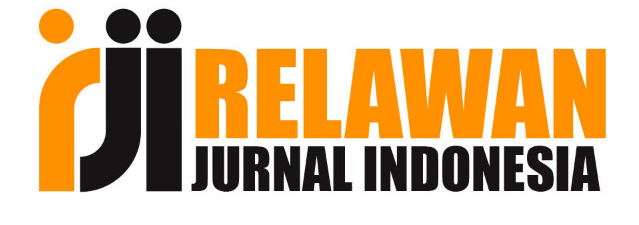Transformasi UMKM melalui Sistem Informasi Akuntansi: Akurasi Laporan, Kecepatan Informasi, dan Kepatuhan Pajak
MSME Transformation through Accounting Information Systems: Report Accuracy, Information Speed, and Tax Compliance
DOI:
https://doi.org/10.32939/dhb.v6i2.5839Keywords:
Accounting Information Systems, Financial Report Accuracy, Information Speed, Tax Compliance, MSMEsAbstract
Purpose: This study aims to empirically examine the influence of Accounting Information Systems (AIS) on Financial Report Accuracy, Information Presentation Speed, and Tax Compliance among Micro, Small, and Medium Enterprises (MSMEs) in Sumbawa Regency.
Design/Methodology/Approach: The research employs a quantitative approach with an explanatory design to explain the causal relationships between variables. The sample consists of 310 MSME actors in Sumbawa Regency selected using proportional stratified random sampling. Data were collected through questionnaires and analyzed using Partial Least Squares–Structural Equation Modeling (PLS-SEM).
Findings: The results show that Accounting Information Systems have a positive and significant effect on Financial Report Accuracy, Information Presentation Speed, and Tax Compliance. Collectively, the research model demonstrates moderate to strong predictive power.
Research Implications: To improve the quality of financial reporting and fundamentally address tax compliance issues, interventions should focus on facilitating and accelerating the adoption of AIS. Investments in training, mentoring, and providing access to affordable AIS are essential strategies for building a strong foundation of financial governance, which in turn will enhance sustainable compliance and optimize the potential of regional tax revenues.
Downloads
References
Abdullah, F., & Rahman, A. (2022). The impact of cloud-based accounting information systems on the timeliness of financial reporting in SMEs. Journal of Information Systems and Technology Management, 19, e202219001.
Abdullah, F., & Ward, R. (2016). Developing a general extended technology acceptance model for e-learning (GETAMEL) by analysing commonly used external factors. Computers in Human Behavior, 56, 238–256.
Animah, A., Suryantara, A. B., & Astuti, W. (2020). Pengaruh kompetensi sumber daya manusia dan sistem informasi akuntansi terhadap kualitas laporan keuangan. Jurnal Aplikasi Akuntansi, 5(1), 99–109.
Chen, Y., & Li, H. (2022). Accounting information systems as a reflection of corporate governance and its influence on tax compliance. Journal of Accounting and Public Policy, 41(5), 106954.
Darussalam, D., Septriadi, D., Damian, D. H., Irawan, R., Kristiaji, B. B., & Ritmelina, A. M. (2024). DDTC Indonesian tax manual 2024: Navigating the dynamics of tax regulations. DDTC Publishing.
Davis, F. D. (1989). Perceived usefulness, perceived ease of use, and user acceptance of information technology. MIS Quarterly, 13(3), 319–340. https://doi.org/10.2307/249008
Davis, L., & Miller, S. (2023). Information velocity and managerial decision-making: The role of real-time AIS. Management Accounting Research, 58, 100812.
Desiana, S., Salsabila, R., & Sarmigi, E. (2025). Unlocking real sector growth through sukuk: Regulatory challenges and developmental impacts in Indonesia. Al-Iqtishad: Jurnal Ilmu Ekonomi Syariah, 17(1). https://doi.org/10.15408/aiq.v17i1.44906
Farida, N., Hidayat, R., & Abdullah, I. (2024). Tax complexity perception and compliance behavior among SMEs: A psychological perspective. Journal of Economic Psychology, 95, 102598.
Granić, A., & Marangunić, N. (2019). Technology acceptance model: A literature review from 1986 to 2019. Universal Access in the Information Society, 20(1), 1–19.
Hair, J. F., Hult, G. T. M., Ringle, C. M., & Sarstedt, M. (2022). A primer on partial least squares structural equation modeling (PLS-SEM) (3rd ed.). SAGE Publications.
Hidayat, T., & Pratama, A. (2023). Internal controls embedded in accounting information systems and their effect on financial statement accuracy. International Journal of Accounting Information Systems, 48, 100602.
James, S., & Nobes, C. (2022). The economics of taxation (18th ed.). Fiscal Publications.
Johnson, M., Williams, K., & Smith, J. (2023). The adoption of cloud AIS and its revolutionary effect on interim reporting speed. Contemporary Accounting Research, 40(3), 1345–1378.
Kementerian Koperasi dan UKM. (2024). Laporan perkembangan UMKM Indonesia tahun 2024. Kementerian Koperasi dan Usaha Kecil dan Menengah Republik Indonesia.
Kieso, D. E., Weygandt, J. J., & Warfield, T. D. (2023). Intermediate accounting (18th ed.). John Wiley & Sons.
Kim, J., & Park, S. (2024). The direct and indirect effects of accounting information system adoption on SME tax compliance. Small Business Economics, 62(1), 241–259.
Latan, H., Hair, J. F., & Noonan, R. (2023). Partial least squares structural equation modeling: Basic concepts, methodological issues and applications (2nd ed.). Springer.
Mardiasmo. (2024). Perpajakan (Edisi terbaru). ANDI.
Muslim, A. B., Yani, N. A., & Permatasari, M. D. (2022). Pengaruh kecanggihan teknologi informasi, kemampuan teknik personal dan pengalaman kerja terhadap efektivitas penggunaan sistem informasi akuntansi (Studi kasus pada SiCepat Ekspres Indonesia). Jurnal Akuntansi Bisnis Pelita Bangsa, 7(1), 17–39.
Nugraha, A., & Setiawan, M. (2022). Analisis kapabilitas teknis dan intensi kepatuhan pajak pada pelaku usaha mikro, kecil, dan menengah. Jurnal Akuntansi dan Auditing Indonesia, 26(2), 115–129.
Romney, M. B., & Steinbart, P. J. (2024). Accounting information systems (16th ed.). Pearson Education.
Rosli, M. S., Saleh, N. S., Ali, A. M., & Bakar, S. A. (2022). A systematic review of the technology acceptance model for the sustainability of higher education during the COVID-19 pandemic and identified research gaps. Sustainability, 14(18), 11389. https://doi.org/10.3390/su141811389
Santoso, B. (2023). The deterrent effect of AIS-generated audit trails on tax evasion practices in small firms. Journal of Forensic & Investigative Accounting, 15(3), 450–468.
Sari, D. P., & Wijaya, K. (2022). Integrated accounting information systems and the consistency of consolidated financial reports. Jurnal Akuntansi, 26(3), 301–318.
Sarmigi, E., Rahayu, S., & Arum, E. D. P. (2025). Against fraud: How religious-based values accounting work. TSAQAFAH, 21(1), 139–158.
Sarmigi, E., Rahayu, S., Arum, E. D. P., & Wijaya, R. (2025). Causes and prevention of fraud in management of village funds: Literature review. Procedia Environmental Science, Engineering and Management, 12(2), 301–312.
Sekaran, U., & Bougie, R. (2023). Research methods for business: A skill-building approach (8th ed.). John Wiley & Sons.
Setiabudhi, H., Suwono, Y., Setiawan, Y. A., & Karim, S. (2024). Analisis data kuantitatif dengan SmartPLS 4. Borneo Novelty Publishing.
Setyowati, L., & Rahmawati, I. (2021). Pengaruh persepsi kemanfaatan, persepsi kemudahan, dan sikap terhadap penggunaan aplikasi akuntansi UMKM. Jurnal Akuntansi Multiparadigma, 12(2), 345–360. https://doi.org/10.21776/ub.jamal.2021.12.2.20
Sugiyono. (2023). Metode penelitian kuantitatif, kualitatif, dan R&D (Edisi ke-3). Alfabeta.
Susanto, A., & Wibowo, T. (2023). Dari pencatatan manual ke sistem digital: Sebuah studi longitudinal tentang akurasi pelaporan keuangan UMKM. Jurnal Riset Akuntansi dan Keuangan, 11(1), 89–104.
Venkatesh, V., & Davis, F. D. (2000). A theoretical extension of the technology acceptance model: Four longitudinal field studies. Management Science, 46(2), 186–204. https://doi.org/10.1287/mnsc.46.2.186.11926
Wang, L., Chen, J., & Kim, Y. (2024). AIS adoption and financial reporting quality: A cross-country analysis of emerging economies' SMEs. Journal of Global Information Management, 32(1), 1–21.
Zahara, Z., & Firdaus, R. (2024). Peran sistem informasi akuntansi dalam meningkatkan akurasi dan kecepatan penyajian laporan keuangan. Jurnal Intelek dan Cendikiawan Nusantara, 1(6), 9423–9432.
Downloads
Published
How to Cite
Issue
Section
License
Copyright (c) 2025 Denny Hambali, Reza Muhammad Rizqi

This work is licensed under a Creative Commons Attribution 4.0 International License.













